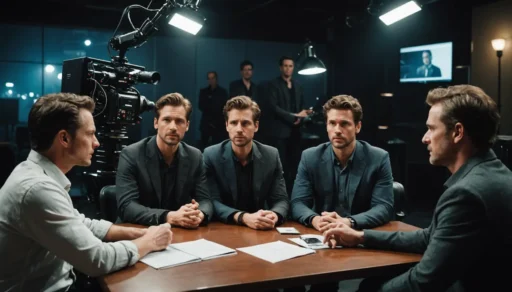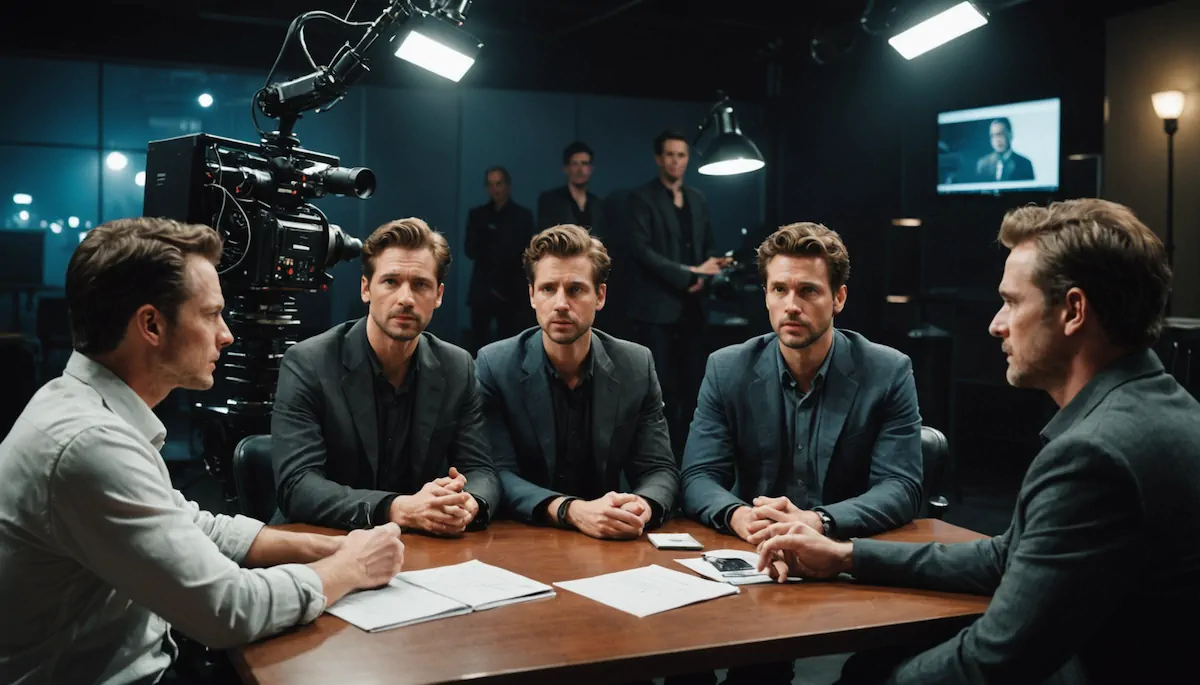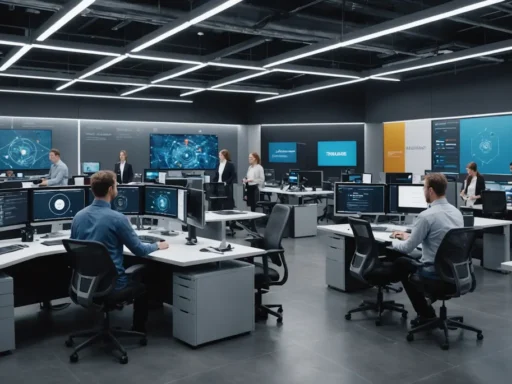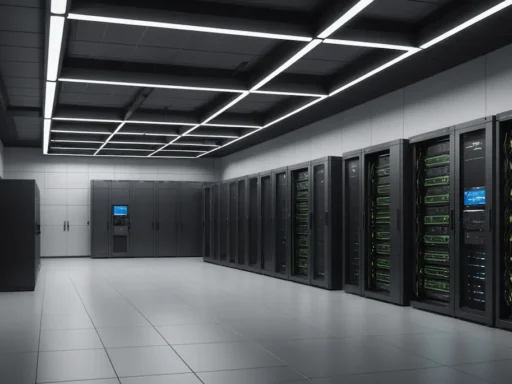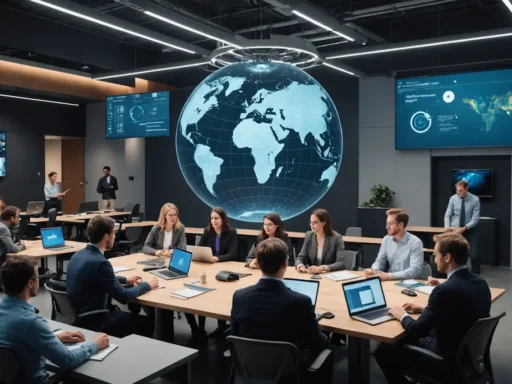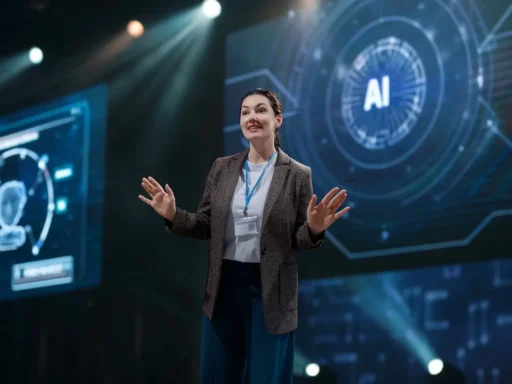Imagine spending your entire life perfecting a craft, only to watch a company clone your voice or face with zero consent—and worse, profit from that replica while you get nothing. That’s the battle brewing in Hollywood right now. AI has crashed into the entertainment world like an uninvited guest wearing your clothes and taking your roles. No contracts. No heads-up. Just lines of code borrowing careers you spent decades building.
If this sounds messy, it is. And it just hit a boiling point. From A-listers like Scarlett Johansson to extras and voiceover actors, the same question echoes across studios: “Do I even own my performance anymore?”
Here’s the uncomfortable truth—AI doesn’t just replicate pixels. It rewrites the economics of human labor. And right now, Hollywood feels like the frontline in a larger war over what it means to “create” in a world full of synthetic content. Let’s break this down clean and simple.
The Emerging Conflict: AI In Hollywood
And here’s the twist: it’s not just Tom Cruise or Scarlett Johansson. Background actors and voiceover pros are seeing their likeness captured in scans and reused repeatedly—for a one-time fee. No royalties. No control. That’s like selling your identity for the price of lunch.
Basically, a new wave of AI tools is redefining what “acting” means. If your face and your voice can perform new roles without you, are you even still in the room?
Key Incidents Sparking Public Awareness
- Scarlett Johansson’s Voice Scandal: When OpenAI launched “Sky,” a ChatGPT voice that sounded eerily like Johansson, it triggered instant backlash. Johansson hadn’t consented. And although OpenAI later pulled the voice, the damage was done. The fear? That actors’ vocal fingerprints could be cloned without legal pushback.
- Bruce Willis in a Russian Ad—Without Bruce: A synthetic version of Willis popped up in a Russian telecom ad, even though he hadn’t performed for it. Although initial reports suggested consent via licensing, conflicting accounts raised red flags. If it can happen to Bruce, it can happen to anyone.
These weren’t fringe stories. They got people talking. People like SAG-AFTRA union members and lawmakers. They asked what happens when your job can be automated—not by a robot, but by your old footage and a few prompts.
Why This Matters Now: The Collision Of AI And Creative Rights
| AI Disruption Area | Creative Industry Impact |
|---|---|
| Performance Cloning | Actors can be “cast” in new scenes without showing up |
| Voice Replication | Voiceover artists may lose gigs to AI-trained models |
| Training Without Consent | Studios use previous works to feed AI with no royalties paid |
We’re not just talking dollars—we’re talking about nearly 2.3 million creative jobs impacted, with $229 billion in yearly wages potentially on the chopping block. And that’s just from AI performance cloning in film and TV.
What makes this especially urgent is scale. One actor can only be in one scene at a time. But a digital double? They can work 24/7, across five projects, speaking ten languages. That’s not competition. That’s cannibalism.
Suddenly, every actor isn’t just protecting their next role. They’re protecting the very idea of performance as something human, irreproducible—and worth paying for.
The Unrelenting Risks of AI Performance Replication
What happens when your job description can be digitized, cloned, and sold — long after you’ve gone off set? For many actors in Hollywood, that question isn’t about the distant future. It’s the new and stark reality they face daily. The surge in synthetic performances and AI-generated characters is no longer just a theoretical concern. It’s already reshaping hiring, compensation, and creative control in the industry.
One of the most immediate casualties of AI content in entertainment has been the livelihoods of background actors and voiceover professionals. For decades, these roles offered stable, union-protected work — enough for rent, benefits, and that coveted SAG-AFTRA eligibility card. Now, studios can scan an extra’s face in a single session — and use it in perpetuity across films, ads, even theme parks — with no further payment or notice required.
Estimates suggest AI-generated synthetic performers could wipe out 15 to 30% of jobs for background performers. That’s tens of thousands of lost gigs annually — vanishing without a trace into green screens and rendering software. Voice actors across animation and gaming also face a mounting threat: algorithms that can flawlessly mimic tone, emotion, and delivery without another recording session.
But the economic blow is only half the story. Ethical questions are exploding around what happens when a person’s face or voice becomes property on-demand. In some contracts, studios have allegedly slipped in “perpetuity clauses” — language granting them the right to reuse an actor’s image or audio forever, even posthumously. Think about that: being outlived by a version of yourself you don’t control.
Who decides how your laughter, pain, or rage is reused decades from now? It’s a tension point that’s lit up courts and union negotiations alike. When AIs are trained on a performer’s legacy body of work — from TV cameos to blockbuster monologues — who reaps the royalties? Currently, that answer favors studios claiming intellectual property ownership of the original performances, cutting the human out of the loop.
From the corporate perspective, AI offers appealing savings and production control. Studios argue it boosts flexibility, enabling scenes to be completed even when cast schedules clash — or when new storylines require reshoots long after contracts expire. A digitized actor never gets sick, never needs a pay raise, never asks for better trailers.
But what are the creative and cultural costs of this shortcut? Union reps and filmmakers argue AI erodes the vibrancy of Hollywood. Replacing a real performer with a render isn’t just a cost-saving strategy — it’s an extractive one that guts soul from story. A fake smile doesn’t carry the same weight. A synthesized shout doesn’t echo the same discomfort of lived anger.
Behind every argument for scalability is a choice that chips away at the human engine powering entertainment. As AI expands its reach, the challenge won’t just be about fighting job loss — it’ll be about preserving meaning in performance.
A Look at Industry Backlash Against Studios and Tech Firms
When over 420 major entertainment figures — including directors, screenwriters, and high-profile actors — signed a public letter in March 2025, it wasn’t just a PR move. It was a warning. Their message: the Hollywood AI strike wasn’t the end of their fight — only chapter one.
The open letter condemned tech companies, especially OpenAI and Google, for lobbying to loosen copyright protections around AI training. The signers argued that allowing AI models to consume creative work without permission or payback sets a dangerous precedent — one that undercuts the very foundation of artistry and labor.
Public campaigns quickly amplified the moment. Social media saw surges of solidarity under the hashtag #ProtectCreativeVoices, and in-person forums discussed the cultural stakes involved. One visual artist from Los Angeles summed it up: “We’re not anti-tech. We’re anti-theft.” The campaign worked — forcing lawmakers and studios into the conversation.
But tech giants didn’t fold. OpenAI and Google fired back via legal briefings and closed-door lobbying, arguing that training AI on creative content falls under “fair use.” Their case: AI doesn’t reproduce expressive works but learns patterns and styles — similar to how a student learns from watching movies.
Still, performers point out that this logic dangerously flattens their work. A scene of grief honed through dozens of retakes isn’t just a pattern. It’s an irreplaceable synthesis of emotion, context, and timing. Letting machines consume such moments without compensating those who created them amounts to “creative laundering” at algorithmic scale.
The debate has triggered far-reaching questions, not just among industry insiders but in public viewership. Do audiences care whether a beloved character’s next appearance is rendered by code, not flesh? Does cultural memory change when the performer is no longer present — just their likeness?
Among younger viewers, some admit indifference: if it’s seamless and entertaining, it’s fine. But older industry watchers and unionists push back hard, framing the issue less as technological progress and more as cultural theft — the appropriation of identity itself, under the guise of automation.
Case Studies: AI’s Controversial Adoption in Hollywood
In late 2024, the Interactive Media Agreement between SAG-AFTRA and major video game studios fell into deadlock — with AI being the lightning rod. Voice actors, the unsung heroes of gaming’s storytelling revolution, demanded limits. Two major pillars emerged: banning the use of voice data in perpetuity, and mandating ongoing royalties whenever their voices were used by AI.
The strike lasted two years, underscoring not just the depth of the issue but its ripple effect across interactive media. Developers, once indifferent, began revisiting contracts. But the final deal — although praised for wage hikes — left loopholes in enforcement. For many, it felt like progress loaded with asterisks.
Hollywood’s use of digital replicas in film has sparked even louder outcry. Background actors, already battling for dignified recognition, found themselves scanned during minor roles and later “cloned” for other productions. Studios lured some with one-time fees but buried future-use permissions in fine print.
Then came the Bruce Willis situation — where his likeness, allegedly used in a Russian telecom ad through deepfake technology, kicked off a global ethics debate. His family denied licensing it. Meanwhile, the ad racked up millions of views. Whether legal or not, it served as a cautionary tale: even icons aren’t protected when the tools to replicate them are unregulated and widespread.
As the entertainment world adjusts, a few hard truths linger. First: most current regulations can’t keep pace. Second: consent doesn’t always mean informed consent. And third: once your digital self exists, it’s nearly impossible to pull it back.
For many in the industry, AI represents both a thrilling tool and a terrifying weapon. The question isn’t whether it can make actors immortal — it’s whether creatives retain agency when the machine decides who lives on in the spotlight.
Economic and Creative Impacts of AI on Hollywood
Let’s get real: AI is already shaving millions off studio budgets. That’s great for stockholders. Not so much for the humans behind the camera. Actors, voice artists, background performers—even digital animators—are watching their jobs disappear faster than you can say “Generate me a new trailer.”
Yes, production execs love the pitch: “We can scan an extra once, use their likeness forever.” On paper, it’s efficient. On set, it’s a trapdoor under 700,000 California jobs tied to entertainment. And it’s not just about losing work—it’s about watching decades of skill get swallowed by code.
After the 2024 Hollywood AI strike and the 118-day SAG-AFTRA standoff, the smoke’s cleared, but the fire’s not out. According to union estimates, AI threats could eliminate up to 15-30% of background roles. That’s not a blip—it’s a structural collapse in one of America’s signature creative industries.
But money’s only half the problem. Let’s talk soul. AI can mimic a voice, yes. It can even map De Niro’s smirk or Scarlett’s cadence. But it can’t bleed on screen. It can’t recreate the tension of a live performance that bombs—or hits just right. And when synthetic actors step in for humans, storytelling loses its flaws. And guess what? The flaws are the art.
- Emotion gets filtered – AI acts well but doesn’t feel.
- Stories homogenize – AI optimizes. But true creativity pushes the edge, not the average.
- Creative newcomers get blocked – Why hire an upstart if you can loop AI-Denzel in post?
Hollywood isn’t just content—it’s a culture engine. When you let algorithms clog the pipes, the water loses force. Protecting human work isn’t nostalgic—it’s how you keep storytelling messy, meaningful, and alive.
Ethical Considerations: What’s at Stake?
Here’s the dirty secret behind the Hollywood AI strike: no one outside Google or OpenAI truly knows what’s being fed into the machine. Scripts, voices, body scans—if it exists digitally, it’s fair game. Or at least, tech giants think it should be.
That’s been the battlefield. Studios argue that if they own a film, they own every pixel and syllable inside it—even the human elements. Actors, writers, and creatives push back, saying their essence isn’t just IP. It’s identity.
This gets tricky with “fair use.” Legally murky but technically convenient, fair use lets AI companies slide work into training sets without consent—or royalties. But when AI starts replicating style, tone, and cadence uniquely tied to someone’s craft? It stops being fair and starts being theft.
RAND researchers nailed it: AI can replicate style like copying a painter’s brushstroke pattern. That’s not remix culture. That’s digital impersonation—with none of the pay or permission.
Zoom out, and you’ll see why this matters beyond red carpets. The SAG-AFTRA strike has become a blueprint. If Hollywood can draw a line around human creativity, so can graphic designers, musicians, even teachers. Union advocacy here isn’t about nostalgia—it’s a firewall against becoming obsolete.
As the fight rolls on, it’s clearer than ever: the goal isn’t to kill AI—it’s to reprogram power. Tech moves fast. But ethics has to outrun it.
And it all rides on one question: who gets to decide what parts of being human can be copied? If the answer is “whoever has compute and copyright,” we’ve got deeper problems than bad Netflix originals.
Future Battles Ahead: Regulating AI in Entertainment Tech
Let’s call it what it is—right now, AI regulation is a joke. Models are trained behind closed doors. Consent, if requested, is buried in unreadable contracts. And even if someone says “no,” once the data’s in the system, there’s no way to pull it out.
That’s why actor unions didn’t just strike for cash—they struck for clarity. Who’s using their face? Their voice? Their data? Studios and startups have been dodging accountability like it’s sport.
And here’s the kicker: tech companies still argue training AI on people’s performances is legal under fair use. It’s like saying you can photocopy a novel and sell summaries—and expecting the author to applaud.
Let’s talk solutions, not just symptoms. Creatives need watertight rules written into every contract. Not handshakes. Not “good faith” talk. Stuff like:
- Transparent AI use clauses – Specify when and how actors are digitally reproduced.
- Sunset provisions – Data or voice models can’t run forever without renewals.
- Likeness audits – Let unions and third parties review usage logs for abuse.
Unions did the heavy lift—118 days on strike, nationwide momentum, state laws like Tennessee’s ELVIS Act. But that’s not the finish line. Congress and copyright regulators need to show up, not just tweet support.
Because without collaboration—labor, policymakers, and a few brave CEOs—we get chaos: AI-generated zombies packed into screens while real artists can’t pay rent. This isn’t sci-fi. It’s today.
So if you’re a viewer, don’t just stream binge your way through this shift. Ask who got paid. Ask who got replaced. And demand AI that works for people, not just profits.
Broader Implications for Media and Society
Hollywood’s battle over AI isn’t an isolated event—it’s a lit match in a digital powderkeg. Every industry watching this unfold—from newsrooms to classrooms to ad agencies—sees themselves in it. If AI can rewrite scripts, it can rewrite narratives. In any field.
What makes film different is its reach. Culture lives there. And when you start replacing the people who shape it with synthetic versions, something vital slips away.
There’s a reason why fans cried foul when a Bruce Willis deepfake appeared in a Russian ad he didn’t approve. It’s not just about consent—it’s about trust. And once audiences lose that, good luck bringing them back.
Creativity isn’t code. It’s sweat. It’s second takes. It’s the uncertainty of trying something new and not knowing if it’ll land. That’s what makes art resonate. And no AI model—not even the best synthetic actor—can fake that vulnerability.
Hollywood’s stand is about more than awards and box office. It’s about drawing a line in the data. Human stories, told by humans, are worth protecting. Even in a world addicted to output speeds and profit margins.
So maybe the question isn’t “Will AI take over?” but “What are we willing to lose to let it?”

